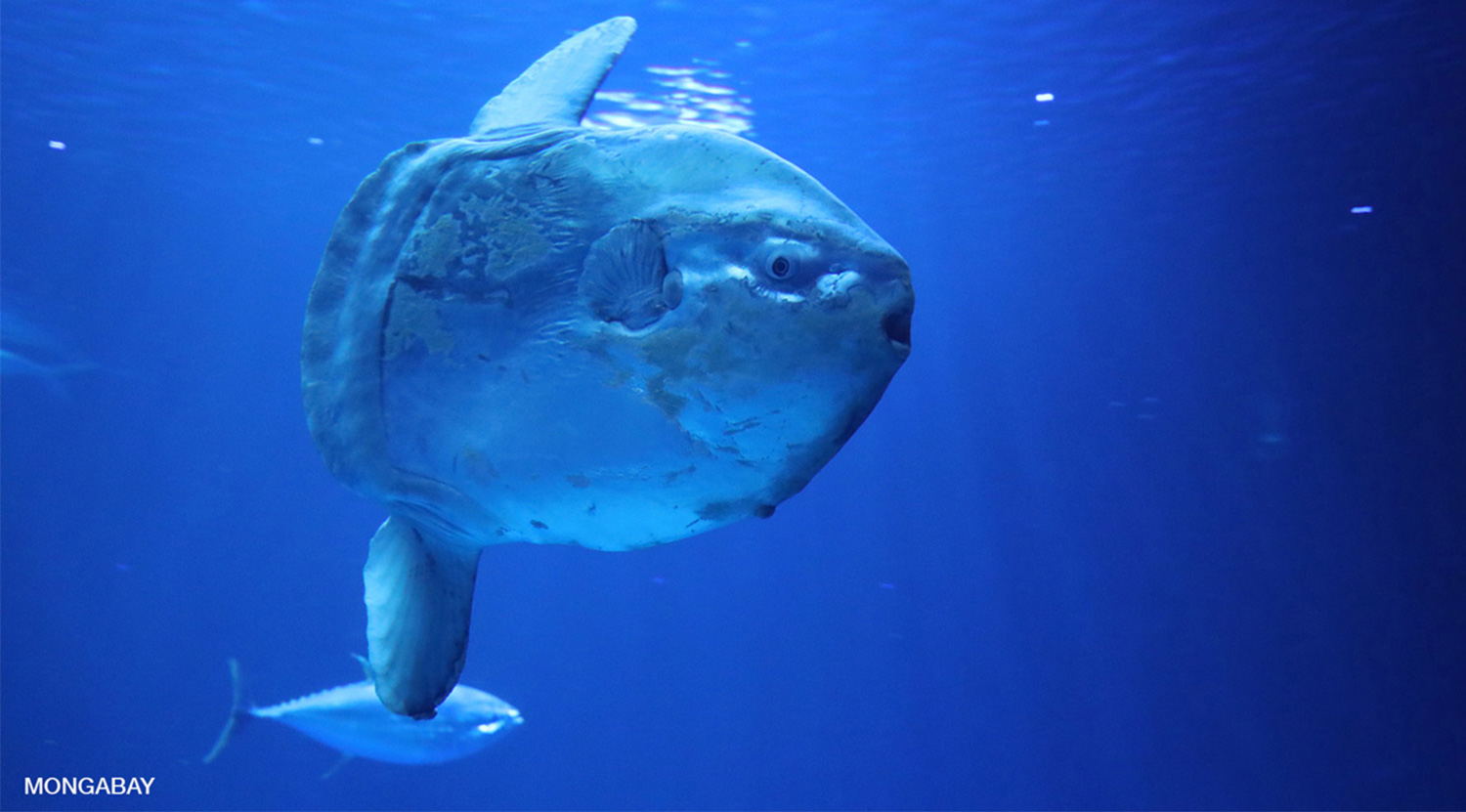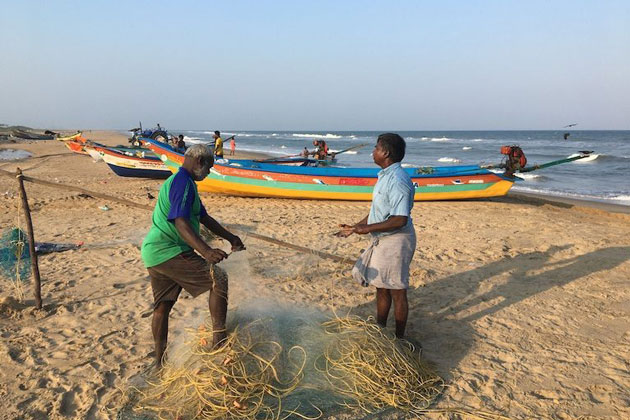Sustainable financing is pivotal for marine conservation beyond 2030 pledges (commentary)

- In this commentary, Simon Cripps, the Executive Director for the Global Marine Program at WCS (Wildlife Conservation Society), argues that one of the biggest challenges in getting political will for protecting 30 percent of the oceans in MPAs by 2030 and maintaining it thereafter is financial.
- Government currently funds marine conservation costs in developed countries, but developing countries with fewer resources rely more on development aid, philanthropic foundations, and NGOs to fill the financial gaps.
- The author argues that conservationists “must look to solving the economic questions in innovative new ways.”
- This post is a commentary. The views expressed are those of the authors, not necessarily Mongabay.
The world is on the brink of an important break-through. At the upcoming meeting of the Convention on Biological Diversity (CBD), nations will soon pledge to expand the area of our oceans that must be covered by Marine Protected Areas (MPAs) to at least 30 percent. This signifies a growing understanding of the need to manage the seas more sustainably and sensitively.
We need more than the current 10 percent protection target because species and their habitats continue to decline at an alarming rate. High profile examples include coral reefs (22 percent of corals on the Great Barrier Reef died in a 2016 bleaching event), sharks and rays, and innumerable commercial fish populations from Grand Banks cod to Mediterranean blue fin tuna, but also so much more.
Around the world from the Seychelles to Alaska, humans benefit from healthy ecosystems. Maintaining a healthy natural marine environment can achieve a range of valuable services, from improved fish stocks to climate change mitigation.
We already know how to manage sustainably. Decades of science has shown at least in general terms how ecosystems function and can be protected. Social science and community engagement has shown how people must be in the equation. Governance and monitoring examples have been developed.
The biggest challenge in getting political will for a 30 percent target and maintaining it after 2030 is financial. That’s not to say that other aspects of achieving a 30 percent coverage of well-managed, biologically representative MPAs will be easy. But getting governments to commit at CBD will be incredibly tough, especially if funding remains elusive.
Assuming those challenges can be met and the Parties to the convention commit to a 30-percent protection, they must then do the work of establishing new MPAs and managing them so that they work as planned. That means engaging with local communities and business sectors such as fishers, tourism, shipping, and the offshore industry. They need to see that they benefit from the protection (or at least don’t suffer because of it).
It also means setting up management plans and ensuring adequately trained and resourced managers follow through on them. It means getting regulations passed. It means conducting credible science to measure performance as an aid to directing management, and finally it means enforcing regulations through surveillance and on-the-water presence.
These actions take money. Government currently funds those costs in developed countries, but developing countries with fewer resources rely more on development aid, philanthropic foundations, and NGOs to fill the financial gaps and break down the barriers.
Another concern is that if we are actually able to achieve 30 percent protection of our oceans in MPAs by 2030, that won’t be the end of work. It’s not like a score in the final minute of a sports match, as the crowd roars, the players congratulate themselves and then they file out of the stadium proud of a job well done. We can’t do that in conservation. These MPAs continue to need management, at least until such time that we are managing the whole ocean sustainably.
So what then happens to the funding for the management of MPAs and the wider Exclusive Economic Zones (EEZs) of countries after 2030? Aid, philanthropy and NGOs can’t go on funding in perpetuity, and direct government funding could change at the whim of a political party.
The big challenge—the really big elephant in the room—is how we set up MPAs and managed seas with sustained, if not sustainable, financing. To do so we need to bring in a wide range of interdisciplinary competence, as this won’t be done by biologists alone. We need the skills of economists, social scientists, bankers, fund managers, financial intermediaries, business entrepreneurs, and natural resource managers, to name a few.
We need to learn a different language. Not just “sustainability,” “biodiversity,” and “habitats,” but words like “ecosystem services,” “natural capital,” “investment returns,” “impact investing,” and “asset replenishment.” Conservationists need to get comfortable with these sometimes heretical words from outsiders with a whole different range of agendas.
We must not fear alternative views and agendas, but neither should we take our eye off the goal of protecting wild places and the species found there. We must be careful that financial mechanisms don’t exploit and deplete irreplaceable nature. We need to ensure they don’t shift the problem elsewhere, and we need to provide benefits for local communities.

A number of different financial mechanisms have been suggested. “Blue carbon” involves protecting and growing natural features that store carbon such as mangroves or seagrass. That captured carbon can be monetized in the form of carbon credits for companies and countries to purchase. Debt-for-nature swaps allow investors to write-off government debts in return for environmental benefits that in turn provide a source of investment income.
Blended finance mixes different funding sources to get to the amount needed for sustained management or to reduce the risk of private investment—including loans, grants, investments, impact bonds, offsetting payments, and sustainable production profits. The list goes on. The field of natural capital investments, in which conservation, nature recovery, and sustainable management provide a constant, renewable source of finance for the continued management of nature, is growing.
I believe that if we are to protect our oceans in perpetuity, as we surely must for our own survival, we must look to solving the economic questions in innovative new ways. Otherwise, come 2030 we will be running off the playing field at the end of the match praising our efforts but leaving behind a barren pitch. We can do better than that, but we have to come out of our conservation comfort zones to do so.
Simon Cripps is Executive Director for the Global Marine Program at WCS (Wildlife Conservation Society).
This article first appeared on Mongabay.







